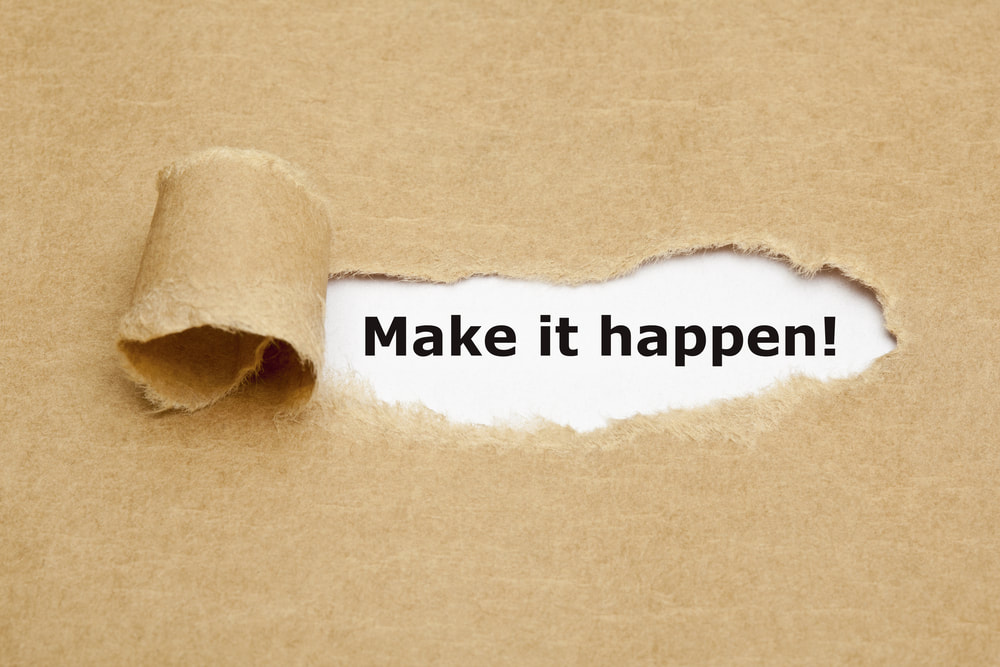|
By Unstuck “My brain isn’t lazy,” says Tim Urban, Harvard grad, musician, blogger at Wait But Why, cofounder of two successful tutoring companies, and expert procrastinator. “It’s dying to work hard because it knows that’s the way to be happy.” But Tim’s brain has a tendency to get busy with everything other than what’s at the top of his to-do list. He’s always been productive — playing hours of piano, for example, while procrastinating a writing assignment — but his busyness wasn’t moving him any closer to his goals. And, on occasion, it caused misery-inducing side effects: His 90-page thesis was produced in a panicked 72-hour work session before deadline. He got it done, but it wasn’t work he was proud of. After that low point, Tim told himself it was the kind of work he was being asked to do, not his work habits. Then he promptly moved to L.A. to compose music, a lifelong creative passion. There, the cycle began again. When he had movie scenes to score, he’d blog instead. He couldn’t help but admit to his own vicious pattern. And when he committed to publishing a new Wait But Why post every Tuesday, it became even more apparent: “I find myself researching, learning, going to Wikipedia, doing all the things I was supposed to be doing in college.” The irony wasn’t lost on him. What’s a guy to do when his brain seems to have a mind of its own? There are two ways to go about it, Tim says. One approach is to apply band-aids — that is, to rely on external factors that scare you into productivity, such as deadline panic. He calls this the Panic Monster. When he was younger, his ability to get things done was driven almost exclusively by the terror of missing a critical deadline. It was, after all, “a big yelling screaming Panic Monster” that jolted him into the mania of productivity that resulted in his senior thesis. But there’s a healthier way, he says: “By learning to get on positive cycles and changing habits, you get into a mode of empowered, rational decision-making.” Starting strong to stay strong “The trick,” Tim has learned, “is to start the day in control. When you’re able to start doing stuff and show yourself that you can get started, then you’re able to empower yourself.” This helps create a positive spiral. “If you’re in a good zone, it’s easy to stay in it,” Tim says. “If I wake up at 8:30 am and I’m well-rested, I’m already feeling good about it. I have a healthy breakfast, get started, I feel like I’m taking control. Then it’s really easy to make good decisions. When everything’s going well, why would I open up an iPhone game right now?” “Start by achieving little things,” he says. “I wrote that sentence, I wrote that paragraph…that’s good. And it’s easier to start the second paragraph because I’ve proven to myself that I can do it. You’re 10% in power. And then you can do something more and get 25% in power. Then it starts rolling along.” The non-icky to-do list To manage his workday efficiently, Tim says that it’s key to create to-do lists with specific, manageable action items. “To-do lists sound good, but procrastinators like to make vague, icky ones,” he says. For a to-do list to be usable, it has to be realistic. Tim’s tips for to-do list bliss:
It helps to be competitive with yourself, but a collaborative environment can also support staying on track. Tim’s tutoring company ArborBridge and his blog Wait But Why were both co-founded with his friend Andrew Finn, and Tim says that this relationship keeps him accountable. He has promises to keep, people he can’t disappoint — and this motivates him. “If I owe it to other people, I’ll be much more stern with myself,” he says. He adds that collaboration is also great for injecting fresh energy and ideas. If you’re starting to feel down or lose patience — either with the project or your own process — talking things out loud can help get you back on track. Labeling your enemies In a recent Wait But Why post, Tim gives a funny label to each productivity obstacle and the moods that result. The Panic Monster is one example. Another is the Instant Gratification Monkey, which Tim defines as that distracting voice that urges him to quit the books and play instead. “If you’re able to label the mode, it takes the power away from it,” Tim says. “You feel like your bad habits are just things acting up, not who you are as a human. And that helps you feel less horrible about yourself by allowing you to internalize the fact that everything that you’re doing is a choice. That’s such a powerful thing to understand. So, if you’re opening Facebook when you shouldn’t, you say, I’m making a choice to let the monkey win right now.And, then: I could make the other choice instead.” Getting into your own head In the end, Tim says, managing your own productivity is highly personal. It starts with knowledge of what makes you tick so you can make choices that fuel your self-esteem and push you into a positive upward spiral. “The best thing that you can do is analyze yourself,” he says. “Think about that exact moment when you make the decision to put down the guitar during a practice session, when you decide not to do the thing you know you should do — in that moment, what’s really going on? Be aware of your patterns. Think about the times you’ve succeeded, and what was going on then. What makes you succeed? What makes you feel bad about yourself? And set up systems for yourself that help empower you.” Book a Life Coaching session
|
Suzie Doscher is a Professional Executive Coach focusing on Personal Development. Located in Zurich, Switzerland. Her approach to personal development is practical and successful.
Suzie is happiest when helping people. Her vision is everyone should have access to techniques for personal growth and development. This was the motivation behind her book. Author |


 RSS Feed
RSS Feed

